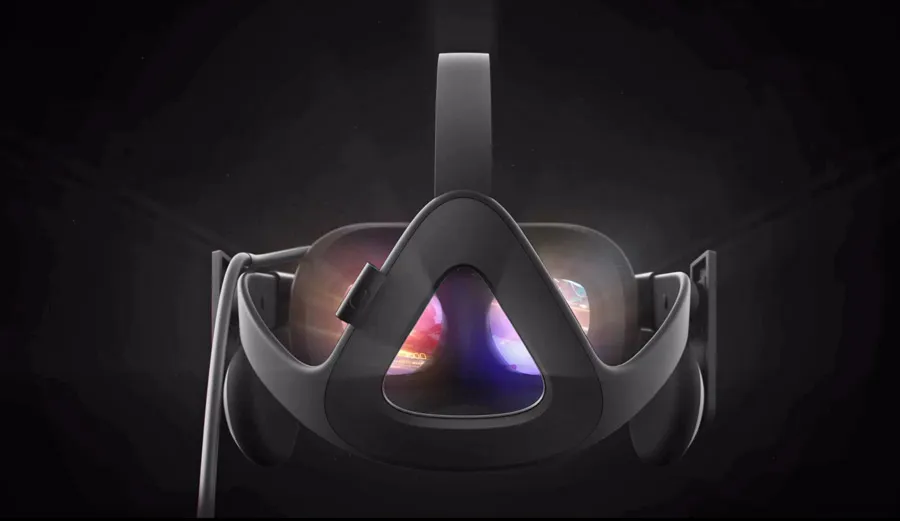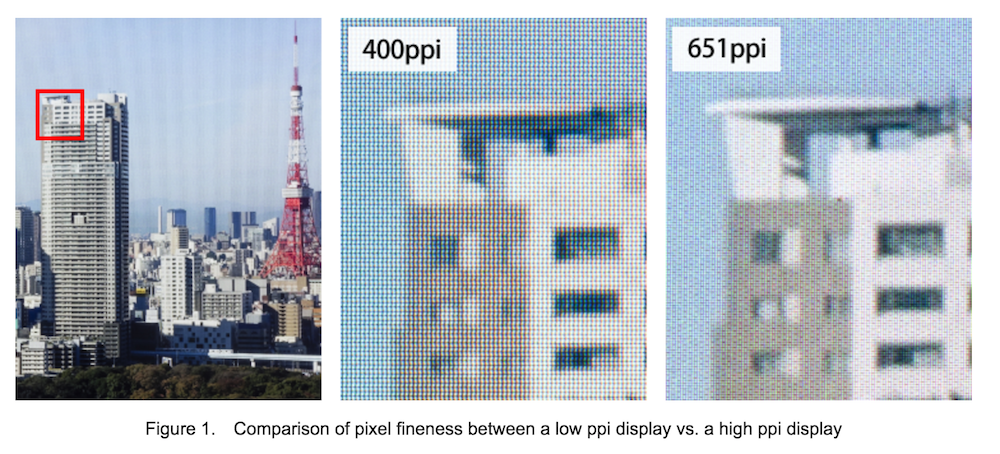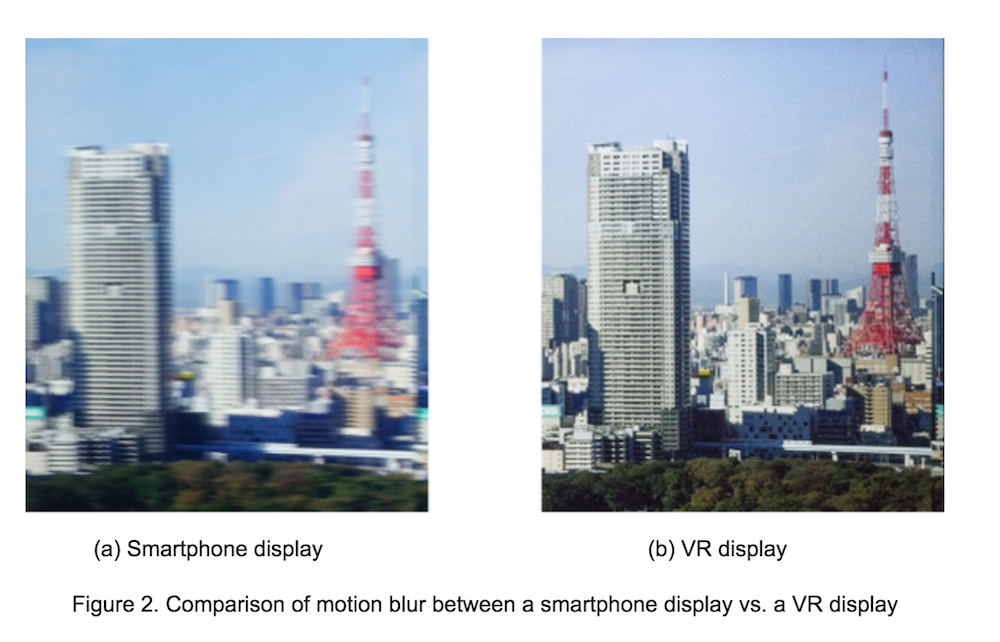JDI is a Japanese electronics conglomerate that combines the display enterprises of Sony, Toshiba and Hitachi. In a recent press release, the firm announced that it is actively developing new, highly advanced displays for virtual reality, head mounted displays.
Acccording to JDI, the new displays will be, “3.42-inch low temperature polysilicon (LTPS) TFT LCD specifically designed for virtual reality (VR) head mount displays.”
The goal of these products is to “enhance reality and sense of immersion within Virtual Reality.”
The new JDI screens are built from top to bottom with VR in mind and include all of “the required display performance and characteristics for VR applications, including ultra-high resolution, high-speed response time, high refresh rate, and blinking backlight.”
JDI is aiming to tackle three major screen attributes in order to create high fidelity VR experiences. The first addresses the “screen door” effect plaguing current-gen VR headsets. As the name implies, the screen door effect is what allows a VR user to see the pixel grid of the screen inside his or her HMD. JDI currently makes a 651 ppi (pixels per inch) screen that is susceptible to screen door, but the company now wants to address this immersion-breaking phenomenon with a plan “to develop and start sample shipments of an even higher resolution 800 ppi display.”
The next pain point JDI hopes to address for VR users is motion blur. JDI’s new screens will aim to reduce motion blur by coming equipped with “a high refresh rate of 90Hz, a high-speed IPS LCD with response time 3 msec (black-to-white), and blinking backlight technology (with a 10% duty rate, typical).”
The final hurdle JDI hopes to overcome through this new project is system latency. VR system latency is the time in-between “the moment the motion sensor recognizes the start of the user’s movement and the moment the image is displayed on the VR-HMD.”
If this latency is overly significant it can lead to immediate motion sickness inside of a VR experience. JDI’s experimental screens are hoping to combat latency via “a high refresh rate and a high-speed IPS LCD, which contributes to shorten the latency of the display.”
JDI currently, “provides high resolution, low power consumption and thin displays for smartphones, tablets, automotive electronics, digital cameras, medical equipment and other electronic devices.” It began operations in 2012.
–
Images courtesy of JDI



























